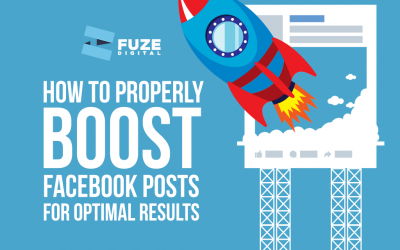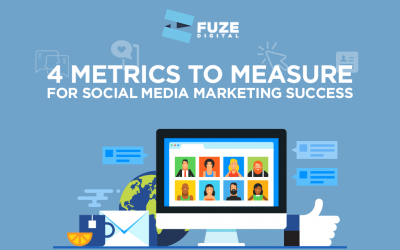by Allison Datut
Augmented reality (AR) is defined as the technology in which it superimposes digital objects into the real world. Last year, many countries, including the Philippines were able to have their first taste of it through the free smart phone application, Pokemon go. It was a hit as every player had the opportunity to “catch” their own pokemon live anytime, anywhere. Later on, Google, Asus and even Apple has come up with new innovations using AR itself which will be made available sometime around this year or the next. Indeed, this technology has significantly grown in popularity as it is projected to reach $117.4 billion by the year 2022, as stated by Markets and Markets research (Forbes Agency Council, 2017). As such, it also gives advertisers and marketers the opportunity to further create innovative and effective campaigns.
To give an idea on how augmented reality can be utilized for campaigns, one of the simplest ways is to use it as a creative social media tool. Most agencies have already started to use this through Snapchat, Instagram and Messenger by adding creative filters or animations, and music. Movies such as The Peanuts Movie, and X-men advertised their films through these filters. Ed Sheeran’s song, “Shape of You” was also played in one of the filters. This kind of advertising in turn helps the target consumers have an awareness towards their products.
Another successful use of augmented reality is through allowing customers to experience products when they’re shopping or in e-commerce settings. This has been done by companies such as Lego and Ikea wherein you’re able to see how the product you want looks like and if it could fit into your room. Through this, customers are able to virtually experience your products and further increase their likelihood of buying them. Imagine being able to see which make up can look good on you without physically trying anything on. That is definitely perfect for those who are not in favor in trying testers.
However, companies should still be mindful and not get a hold of themselves in using the technology. It is important to note that although augmented reality can catch the attention of your target consumers, you must be able to create a positive impact towards your products because their attention might be directed toward only the technology itself. Your consumers might have had fun in using the technology, but are they really going to shop by scanning every product?
The real purpose for commercial augmented reality is integrating technology so that it enhances the customer experience and not completely creating a new reality all together (Javornik, 2016). The point is to make things more fun and convenient and not everything as digital replicas. The key is to know how you can make use of the technology without forgetting how to effectively promote your product.
References
Forbes Agency Council. (2017, June 13). 11 Creative Uses of Augmented Reality in Marketing and Advertising. Retrieved from Forbes: https://www.forbes.com/sites/forbesagencycouncil/2017/06/13/11-creative-uses-of-augmented-reality-in-marketing-and-advertising/#4759703c6b12
Javornik, A. (2016, April 18). What Marketers Need to Understand About Augemented Reality. Retrieved from Harvard Business Review: https://hbr.org/2016/04/what-marketers-need-to-unerstand-about-augmented-reality






